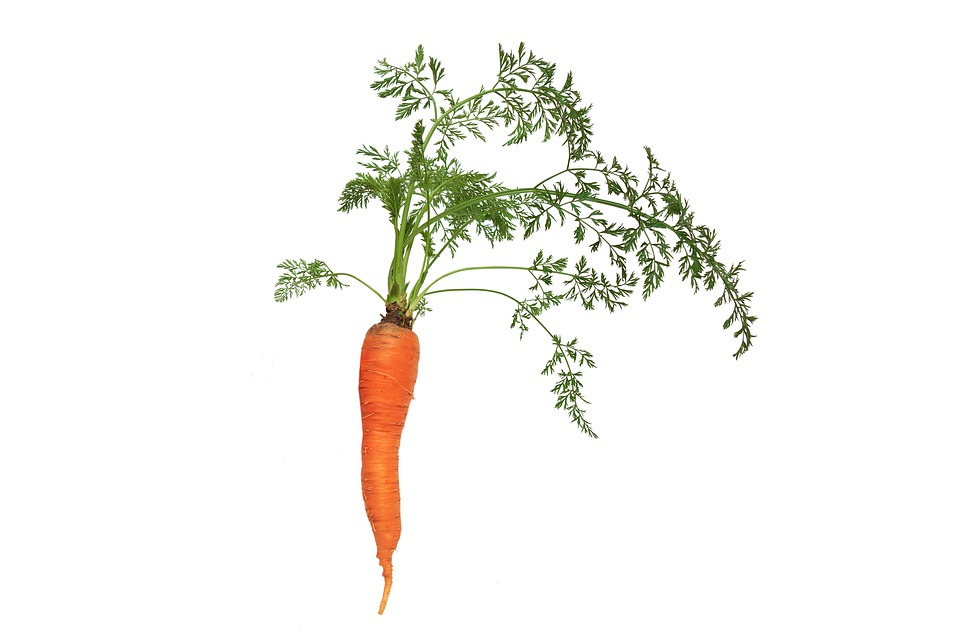Revolutionizing Your Garden: Embrace Sustainability with These Plants
Picture this: a lush green oasis, thriving with an abundance of vibrant and healthy plants, all grown sustainably in your very own backyard. As the sun gently caresses your face, you savor the taste of a freshly picked tomato, bursting with flavor and nutrients. This is the epitome of sustainable farming and gardening – a concept that has captivated my heart for years.
In my quest to embrace a more sustainable lifestyle, I have embarked on a delightful journey of discovering plants that not only bring beauty to my garden but also contribute to the greater good of our environment. Join me as we delve into the world of sustainable gardening and explore a curated selection of plants that will revolutionize your garden!
1. Sunflowers (Helianthus annuus)
Bright and cheery, sunflowers are more than just a pretty face. These radiant beauties play a crucial role in sustainable gardening by attracting beneficial insects and pollinators like bees and butterflies. By keeping these essential creatures happy and well-fed, sunflowers assist in maintaining a balance within your garden ecosystem. Additionally, sunflowers boast deep roots that help improve soil structure and fertility, making them a perfect choice for a sustainable garden.
Pro Tip: To maximize the benefits of sunflowers, strategically plant them around your vegetable garden to attract pollinators and ward off pests naturally.
2. Comfrey (Symphytum spp.)
Comfrey is a remarkable plant with an array of sustainable qualities. Not only does it act as a nutrient accumulator, accumulating high levels of potassium, phosphorus, and nitrogen in its leaves, but it also serves as an excellent compost activator. By using comfrey leaves in your compost pile, you can enhance the decomposition process and create nutrient-rich compost for your garden. Additionally, comfrey serves as a dynamic accumulator, drawing up nutrients from deep in the soil and making them available to other surrounding plants.
Pro Tip: Soak comfrey leaves in water for a few weeks to create a potent liquid fertilizer that promotes healthy growth and vitality in your garden.
3. Nasturtium (Tropaeolum majus)
If you’re searching for a plant that packs a double punch of beauty and function, look no further than the humble nasturtium. This vibrant flowering plant not only adds a pop of color to your garden but also acts as a natural pest deterrent. Nasturtium’s pungent scent repels aphids, whiteflies, squash bugs, and other unwanted insects, keeping your garden healthy and pest-free. Additionally, both the flowers and leaves of nasturtium are edible and add a peppery zing to salads and other culinary creations.
Pro Tip: Plant nasturtium near your prized vegetables to protect them from pests while also benefitting from the edible blossoms and foliage.
4. Purple Coneflower (Echinacea purpurea)
Renowned for its medicinal properties, the purple coneflower is a sustainable gardener’s dream. Not only does this delightful perennial attract pollinators to your garden, but its stunningly vibrant flowers also serve as a source of medicinal herbal remedies. Echinacea, derived from the purple coneflower, is renowned for its immune-boosting properties and has been used for centuries as a natural remedy for various ailments. By cultivating purple coneflowers in your garden, you can create a sustainable source of herbal medicine while fostering biodiversity.
Pro Tip: Harvest the flowers and roots of the purple coneflower to create your very own Echinacea tinctures, teas, and salves.
5. Scarlet Runner Beans (Phaseolus coccineus)
Growing sustainably goes beyond beauty and health; it can also be a lot of fun! Enter the vibrant scarlet runner beans, a lively addition to your garden that will leave you amazed and entertained. These fast-growing climbers boast beautiful red blossoms that not only attract pollinators but also provide an abundance of delicious and nutritious beans. Scarlet runner beans are nitrogen-fixing plants, meaning they have a symbiotic relationship with bacteria that help convert nitrogen from the air into a usable form for the plant. This process enriches the soil and benefits neighboring plants by making nitrogen readily available.
Pro Tip: As scarlet runner beans thrive in a vertical environment, consider creating a trellis or arbor for them to climb, adding an enchanting vertical element to your garden.
By embracing sustainability in your garden, you not only reduce your ecological footprint but also contribute to the overall well-being of our planet. These five plants are just a glimpse into the vast world of sustainable gardening, waiting for you to explore and incorporate into your own garden oasis. So, grab a shovel, don your gardening gloves, and let your imagination run wild as you revolutionize your garden with these environmentally friendly plants. Your garden, and the planet, will thank you!



